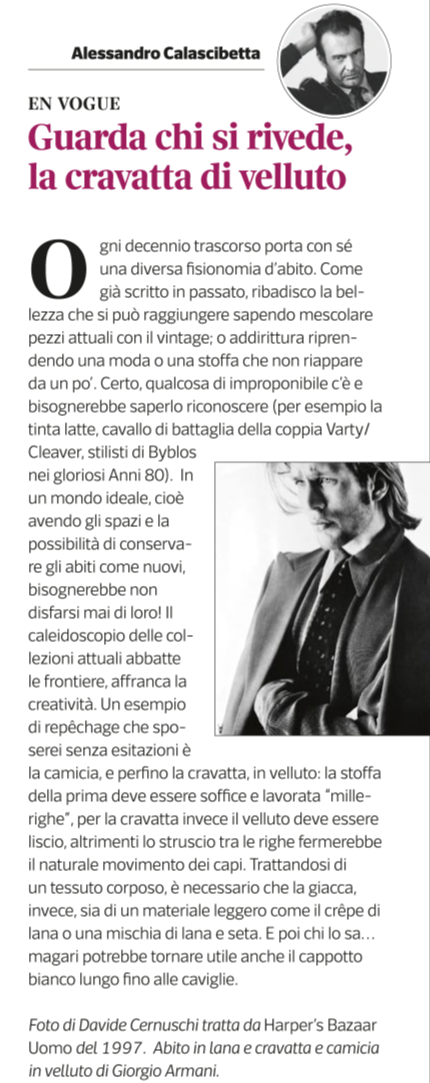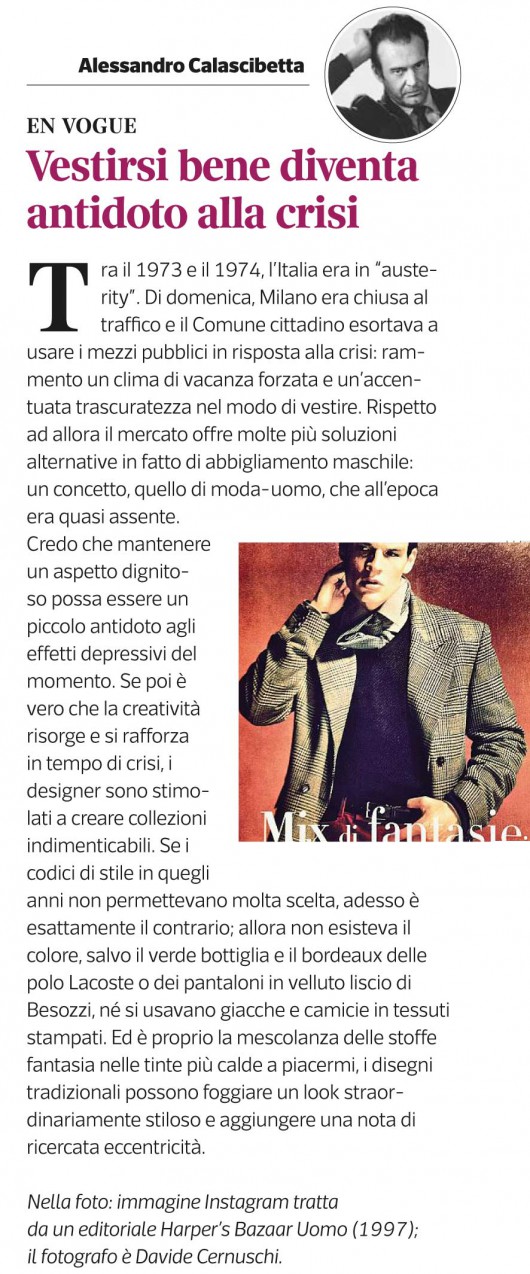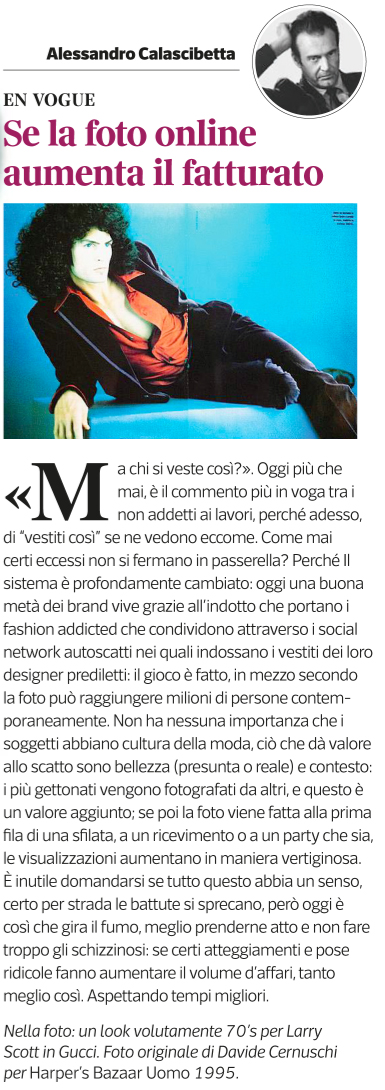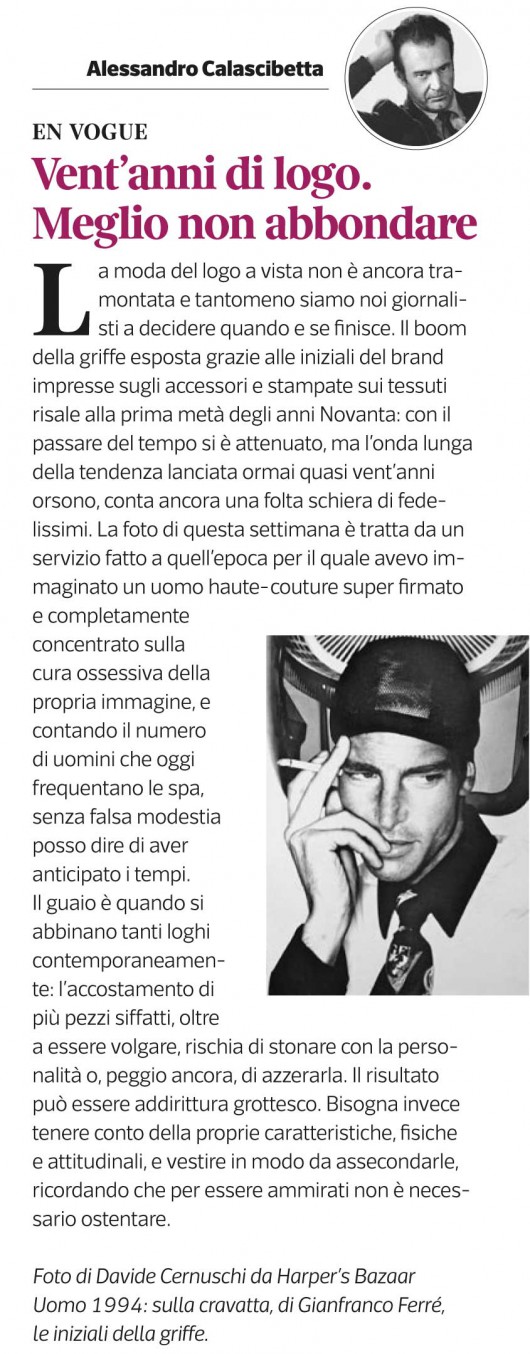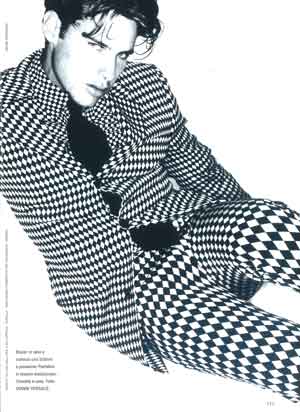SETTE MAGAZINE EN VOGUE GUARDA CHI SI RIVEDE LA CRAVATTA DI VELLUTO
Every passing decade leaves different shapes of clothes behind. In the past I already wroteabout the beauty of knowing how to mix and matchvintage with modern pieces, even suggesting fabrics and trends that we haven’t seen in a while. Of course, there’s always something that cannot be proposed ever again, like the Varty and Cleaver’s typical nuance of white (the couple of designers who has made Byblos glorious in the 80s), that was their signature sign; in an ideal world, where we would have the chanceand the space to preserve our clothes in perfect conditions, one should never get rid of their pieces!The latest kaleidoscopic fashion shows are pushing the bouderies, in favour of creativity. A great example of repechage would be ashirt in a very light and soft corduroy fabric with a smooth velvet tie, so that their rubbing against eachother wont reduce the natural movement of fabrics. Since velvet is quite a thick material, the jacket to wear should be made in a lighter fabric as a consequence. Perhaps a wool crepe or a silk and wool blend one. And maybe who knows… even the white ankle lenght longcoat could always make its comeback..
Image by Davide Cernuschi, from a 1997 Harper’s Bazaar Uomo issue. Woolen suit, velvet shirt and tie by Giorgio Armani.





